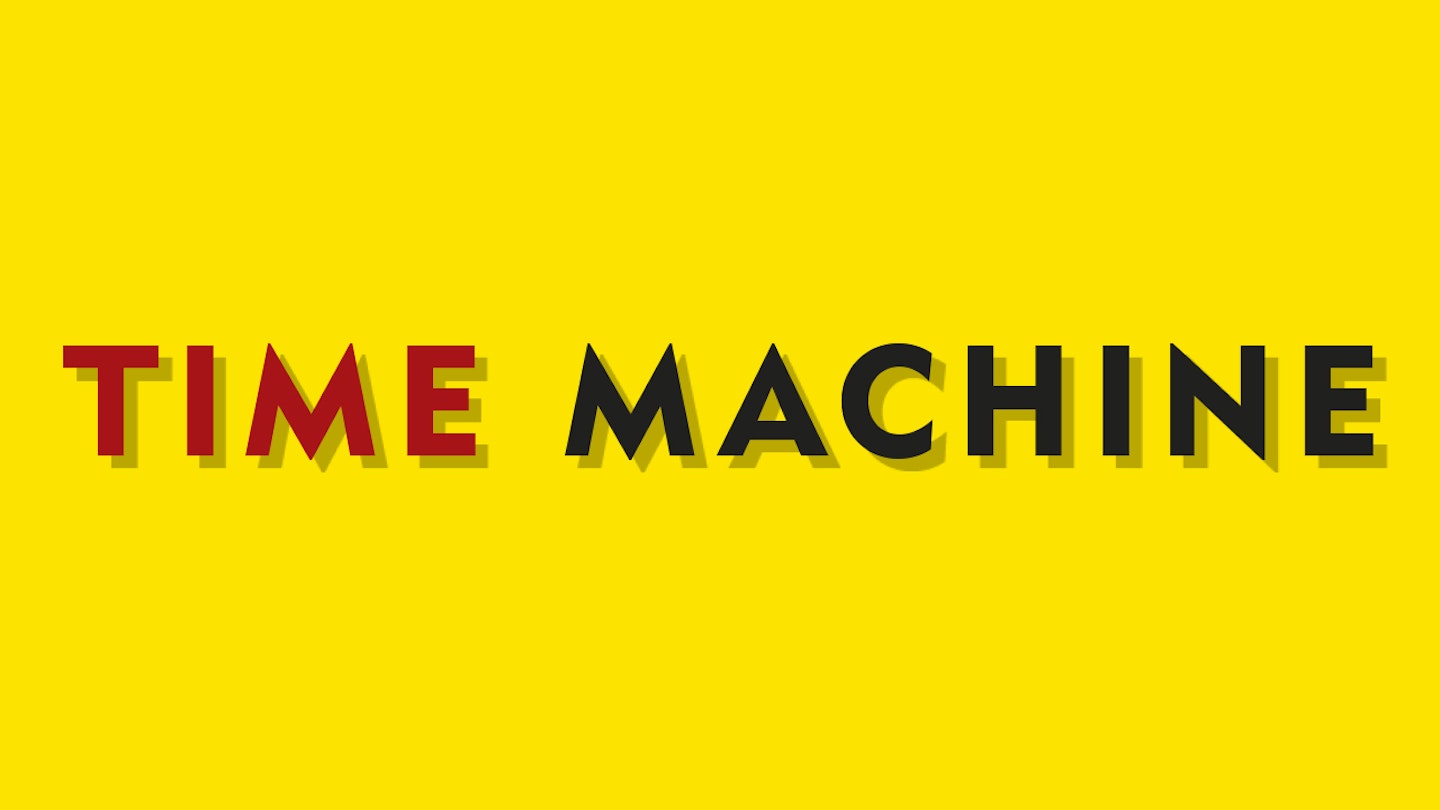1 January, 1979
As Dan Aykroyd completed the obligatory countdown and the midnight chimes rang out for the New Year, Bill Graham swung out above the crowd at San Francisco’s Winterland, riding a giant marijuana joint and decked out as Father Time. A multi-coloured shower of balloons descended from the ceiling onto 5,400 fans below, as the Grateful Dead welcomed the arrival of 1979 with a version of Sugar Magnolia.
It was a joyous time, yet equally sad. For the party not only celebrated the possibilities of a new year, but also marked the closure of Winterland, a revered rock venue where, for twelve years, promoter Graham had presented many of the most esteemed names in the rock firmament.
“It was a great house, as good to me if not better, than the original Fillmore.”
Bill Graham
But, before the doors slammed shut for the last time, Graham ordered the house lights to be switched full on as he and his helpers served champagne, ham and eggs to the crowd. Eventually, the various band members hugged one another and announced their farewell to Winterland with the traditional, gospel-infused, And We Bid You Goodnight. “It was a great house,” Bill Graham sighed, “as good to me if not better, than the original Fillmore.”
Located on the corner of Post Street and Steiner Street, Winterland opened as a skating rink in 1928. The first bill Graham presented at the ballroom featured Jefferson Airplane and the Paul Butterfield Blues Band in September, 1968, and he began promoting there more regularly after the closure of the Fillmore West in 1971. It soon became the Grateful Dead’s home base, the venue where The Band filmed the Last Waltz and the Sex Pistols played the final gig of their 1978 US tour. Jimi Hendrix trod its boards, as did the Stones, Cream, Elvis Costello, Led Zeppelin and a whole Valhalla's-worth of rock legends.
But, by the time of that final New Year’s gig, the place had fallen into disrepair. Faced with a repair bill estimated at more than $350,000. Bill Graham, in the wake of 556 shows at Winterland, opted to shut up shop.
Backstage, that January morning, between sets, the Dead’s rhythm guitarist, Bob Weir, expressed his feelings. “I was beginning to get a feeling for the place. I used to hate it. It was an acoustical snake pit. There have got to be better places somewhere.” He advised listeners to the radio and TV broadcasts that they should badger Graham into creating a superior replacement: “Bill should provide a better place for rock’n’roll.”
In the interim though, Graham had to put the Winterland to rest. When planning that final date he kept the Grateful Dead uppermost in his mind. The crumbling space was the band’s virtual home – they’d played countless gigs and filmed their Grateful Dead Movie there – so for a grand farewell gesture, he wrote to the Dead and asked, Would they rehearse for the show, and would they include all the Deadheads’ favourites? They agreed, and on the night a sign on the side of hall read: “They’re not the best at what they do - they are the only ones who do what they do.”
Realising the night would prove a massive crowd-puller, Graham devised an elaborate lottery system to ensure a fair distribution of tickets. The January 13 edition of Billboard reported, “The hall was filled to capacity with patrons who paid $30 a ticket for the privilege… fans who had arrived from as far away as Boston and Hawaii began lining up outside Winterland four days before the show. Graham transformed the interior as totally as he had for the Last Waltz, the 1976 farewell by The Band. The balconies were ringed with 34 pictorial panels, which told the history of Winterland. The panels - 40 by 60 inch colour - were airbrushed blowups of performers such as Jimi Hendrix, The Who, Led Zeppelin, Janis Joplin, Jefferson Airplane and the Rolling Stones, arranged in chronological order starting with the poster done for the first Winterland show and ending with a photo of Graham on a motorcycle ushering in the New Year’s one year ago.”
Sparked by an opening performance by New Riders of The Purple Sage and The Blues Brothers, whose stellar band included Steve Cropper, Duck Dunn, Tom Scott and Matt Murphy, that final show edged ever forward until the all-important countdown and the three full-sets performance by the Dead. It seemed a fitting final tribute to one of rock’s great homes. A few years later, the building was torn down and replaced condominiums and a Burger King.
